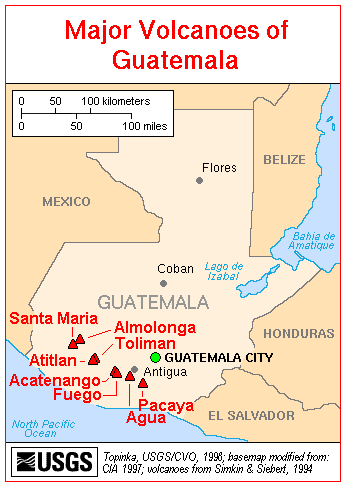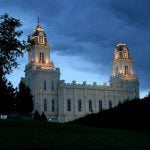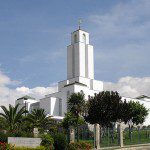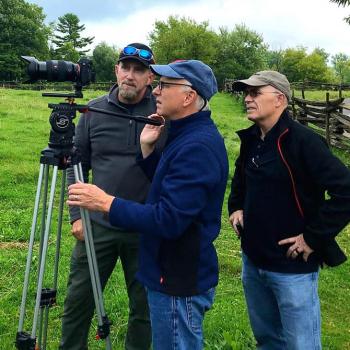
I continue with some notes from Jerry D. Grover, Jr., Geology of the Book of Mormon (2014). (See this and other works by him and by others at Brother Grover’s Book of Mormon Scientific and Linguistic Research site.).
Here, in order, are the prior installments in this series of notes:
“Commencing another look at the geology of the Book of Mormon”
“Ancient geology and really ancient geology”
A guide to my previous series of posts on the geology of 3 Nephi, based on the excellent work of Professor Bart Kowallis, can be found here:
“Krakatoa, a Comparison, and a Concordance”
Jerry Grover’s approach, written later than Dr. Kowallis’s, is careful and meticulous. I’m impressed.
In looking at what happened during the catastrophe of 3 Nephi, he points out that “there were two events, a ‘great storm, such an one as never had been known in all the land’ and ‘also a great and terrible tempest.'” In fact, sometimes there are references to a single “tempest” and sometimes to plural “tempests.” (127)
Was a hurricane involved? He doesn’t rule that possibility out, but I think it’s pretty clear that he leans against it on the basis of historical meteorological data. (128-132)
We are still left with the possibilities of the great storm being (1) a rare early season, fast moving hurricane, (2) a volcanic eruption coupled with some sort of lower grade local storm, or (3) a volcanic eruption itself (perhaps coupled with volcano-triggered precipitation).
With regards to the volcanic eruption, it is notable that the persons who witnessed the 1793 eruption of the San Martin volcano in the Isthmus initially thought it was a thunderstorm, since heavy clouds covered the mountain and thunderstorms were not uncommon in the area (Espindola, 2010). Perhaps that is why the 3rd Nephi witnesses considered it a storm simply because that’s what it looked like when it started out. If there was in fact a local ongoing storm at the time of the eruption, the eruption itself might not have been visible as separate from the storm.
The separate references to “tempest” seem to be consistent with a pyroclastic flow or ash event, as tempests are associated with high winds and they were contributors to the actual reshaping of the topography according to 3rd Nephi. Lacking a hurricane or local storm, the most reasonable explanation that squares with all of the Book of Mormon text is that the “great storm” was the elevated airborne ash mushroom with its accompanying thunder and lightning, with the “tempest(s)” also referring to the volcanic phenomena occurring at the ground level such as ash surge or pyroclastic flows. (132)
Could a multi-volcano event account for what occurred in 3 Nephi? Perhaps. (Brother Glover cites examples of multiple-volcano scenarios in the literature on p. 135.).
While not an essential element of the 3rd Nephi description, multiple simultaneous eruptions would no doubt increase the ash cloud “mists of darkness” event. It would also increase the potential geographic area where certain cities may be located that experienced destruction due to volcanic events. It is a theory that will be difficult to verify, as it is difficult to pinpoint historical eruptions into a given century, let alone a 3-hour period on a particular day. In any event, it can be left open as a possibility based on known volcanic behavior. (135)
Furthermore, “It is very clear that the 3rd Nephi description of a regional earthquake coupled with a volcanic eruption is a recognized geologic phenomenon” (137).












